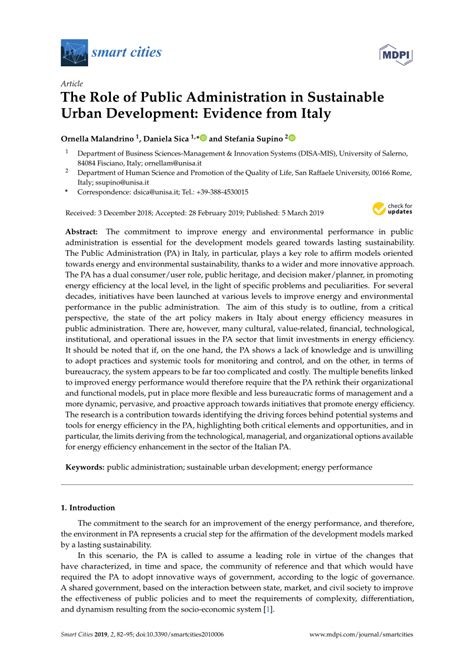The role of public keys in the safety of cryptocurrencies: Cardano Ideas (ADA)
Cryptocurrencies have revolutionized the way we think about money and financial transactions. With the advent of blockchain technology, cryptocurrencies such as Bitcoin and Ethereum have obtained generalized acceptance as a means of exchange. However, despite their growing popularity, cryptocurrencies still face important security challenges.
One of the most critical aspects of cryptocurrency safety is the use of public keys, also known as private keys or addresses. These keys are used to validate transactions in the block chain and control access to specific assets. In this article, we will explore the role of public keys in the safety of cryptocurrencies and examine how Cardano (ADA) is taking advantage of public keys to improve the safety of its platform.
What are public keys?
In a blockchain network, each user is assigned a unique public key that serves as their digital identity. This public key is used to validate transactions and control access to specific assets in the network. The private key, also known as the phrase or phrase of recovery, is used to create multiple directions and new mint coins.
How public keys work

When a user sends cryptocurrencies from one address to another, the nodes must verify it in the block chain (that is, computers that validate transactions). To verify a transaction, a node needs to receive a public key. If the public key of the sender coincides with the public key of the recipient, it is considered valid and the transaction can proceed.
The problem with public keys
However, there are several security concerns associated with public keys:
- Weaknesses in HASH functions
: Many cryptographic hash functions used to ensure cryptocurrency transactions are vulnerable to collisions or attacks prior to the image.
- Key exposure : If you compromise a private key, the attacker can steal all the coins associated with that address.
- Private key theft : Private keys can be stolen through Phishing, Social Engineering or other media.
Cardano approach
To mitigate these risks, Cardano has developed a novel approach to ensure cryptocurrency transactions using public keys. By taking advantage of its extensive experience in the development and implementation of large -scale blockchain systems, Cardano can create more robust and resistant security protocols.
One of the key features of the cardan approach is the use of
zero knowledge tests (ZKPS) . ZKP allows users to prove the validity of transactions without revealing their private keys. This allows a secure and efficient transactions verification in the block chain, without exposing confidential information.
How Cardano uses public keys
Cardano uses public keys in several ways:
- Test test consensus algorithm (POS) : In post -consensus algorithms, nodes that control the majority of the mining power of the network use their private keys to create new currencies and validate transactions.
- Insurance multiple calculation (SMPC) : SMPC allows several parts to perform calculations together without revealing the entry or exit of any individual part. This is useful for safe data processing and transaction verification in the block chain.
- Development of the Decentralized Application (DAPP) : The Cardano Platform allows developers to build decentralized applications using a wide range of intelligent contracts, which are executed in the block chain.
Conclusion
Cryptocurrencies continue to evolve rapidly, and security remains one of the most critical challenges. By taking advantage of its experience in large -scale blockchain systems, Cardano can create more robust and resistant security protocols. Public keys play a vital role in these protocols, providing a safe base for transaction verification and asset management in the block chain.